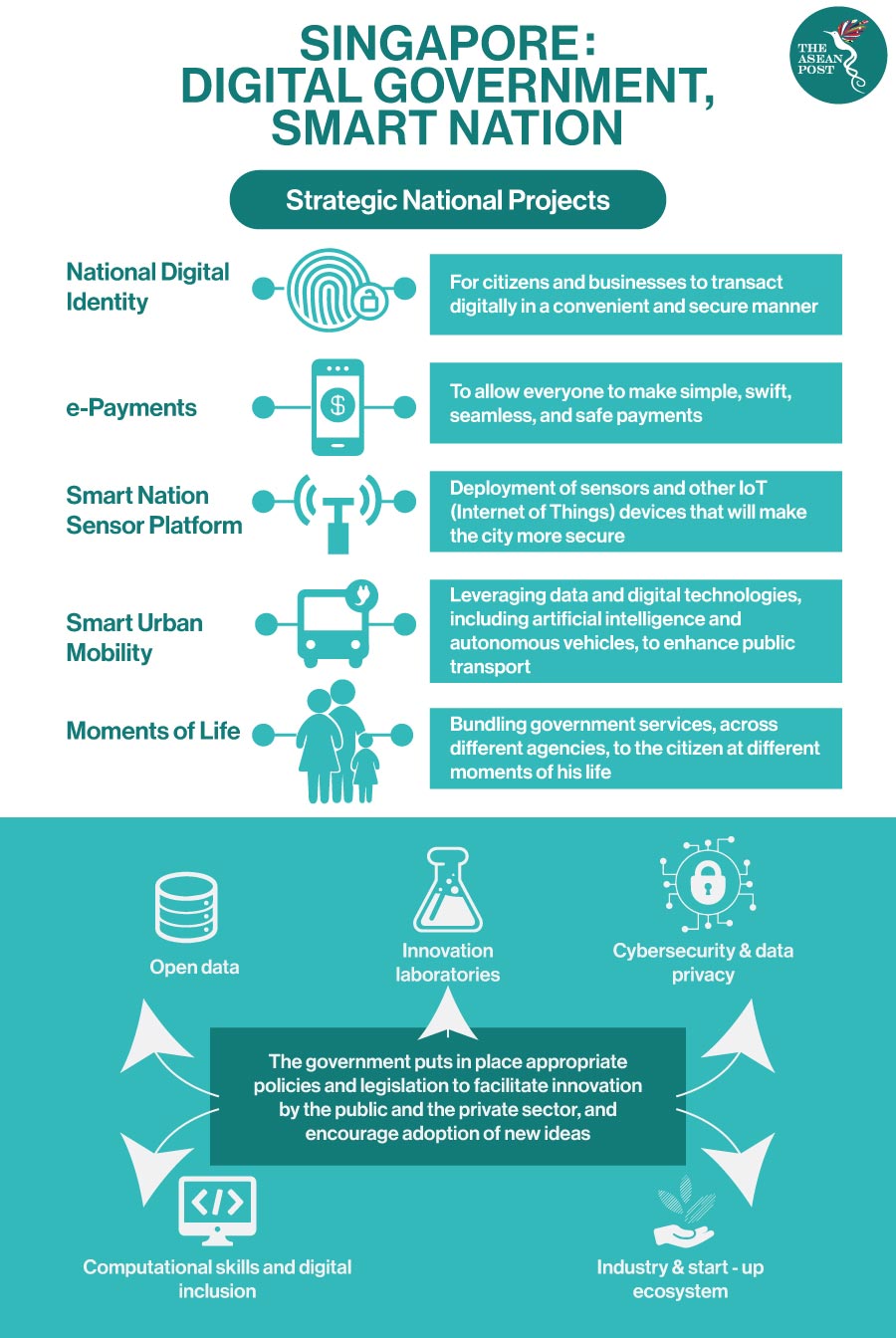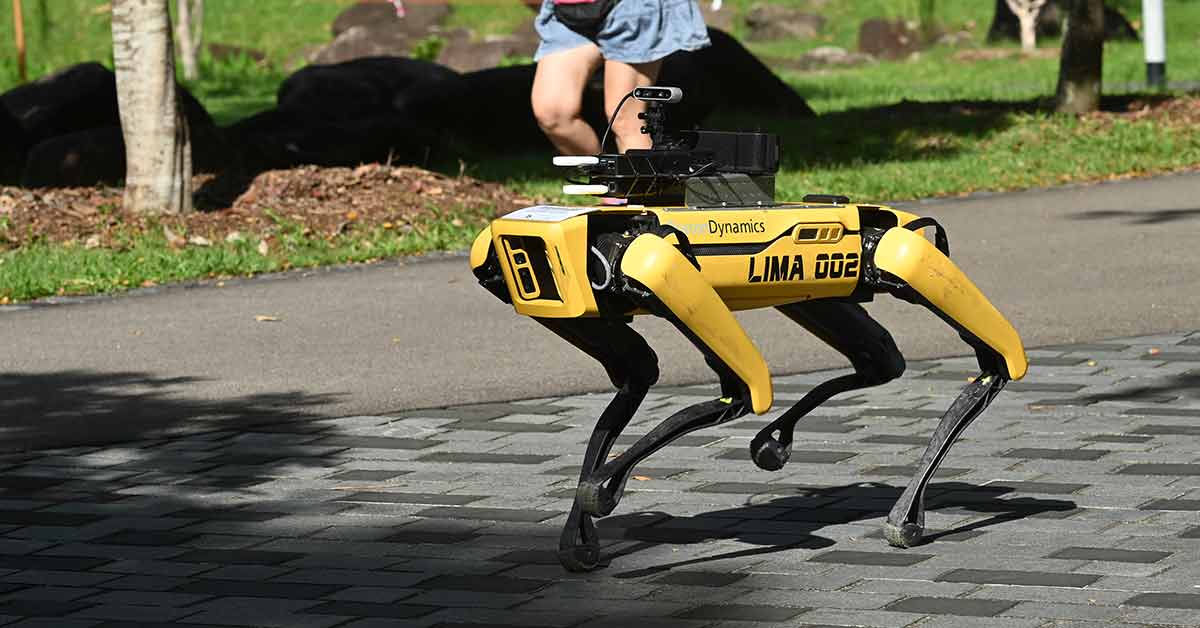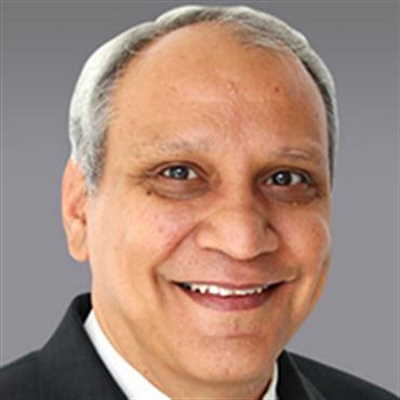S Iswaran, Singapore’s Minister for Communications and Information will co-chair a new ministerial committee for digital transformation with Chan Chun Sing, the Singapore Minister for Trade and Industry. This impetus for digitalisation isn’t new, but has taken on added relevance as the COVID-19 pandemic ‘circuit breaker’ (Singapore’s version of a lockdown), pushed businesses to scramble online for survival while working and studying from home became the norm.
To achieve inclusivity, the digital push will try to reach hawkers and the elderly; through the Hawkers Go Digital and the Seniors Go Digital initiatives. This includes recruitment of digital ambassadors to nudge hawkers to adopt Singapore Quick Response (SGQR) codes for e-payment. The Seniors Go Digital initiatives will include training Singapore’s seniors to go digital.
COVID-19 has indeed demonstrated the full meaning of inclusivity; no country and no one has not been affected by the pandemic. The virus does not differentiate and treats everybody equally – perhaps urban residents were more ‘equal’ due to overcrowding. So, how inclusive is the ‘new norm’ during and post COVID-19?
The world has been and is undergoing a digital transformation. The Fourth Industrial Revolution (4iR) and the internet of things (IoT) is transforming the way we live. There is constant nudging or even ‘forcing’ of people to adopt the digital transformation.
Buzzwords often heard from proponents of digitalisation are inclusivity and connectivity. The world in 2019 (pre-COVID) displayed varied levels of ‘connectivity and inclusivity’; between countries and between individuals. For example, Singapore has indeed adopted digitalisation to a very large extent. The populace there is mostly connected to the internet. When Singapore imposed its ‘circuit breaker’, the majority of people in the island state were comfortable with operating online.
Higher education institutions and schools were able to go online swiftly. Online learning can indeed be a big challenge for students who do not own a laptop, or don’t have reliable access to the internet. To address this digital divide, some universities have provided or loaned laptops to students in need. Singapore’s Ministry of Education have also supported school children with no laptops and/or internet connectivity.
Maria is a single mum with a 11-year-old daughter in primary school. Her daughter is one of the top students in school. Maria has no stable income. She is unemployed and earns minimal income by doing multi-level marketing (MLM) sales. She is focused on her daughter’s education and hopes that her daughter would have a better life than her.
Maria is not from Singapore. She lives in Manila. She has no internet connection at home nor does she own a laptop, PC or iPad/tablet. She uses prepaid top up for online connectivity on her phone. Whenever a school project requires online research, she takes her daughter to a nearby internet café.

There are many ‘Marias’ in Manila and across the whole of the Philippines. It is a major challenge for schools there to go online compared to Singapore. Schools in the Philippines have been closed since March 2020. Philippines Education Secretary Leonor Briones announced that schools will commence for School Year (SY) 2020-2021 on 24 August. Learning will be done in various modes, depending on the local public health situation.
“Opening can be face-to-face or virtual depending on decisions of the IATF (Inter-Agency Task Force),” she said. Online learning could prove to be a major challenge for all the country’s ‘Marias’. Our Maria is concerned that online learning could be an obstacle for her daughter’s education. She is concerned that her financial situation would hinder her daughter’s progress in school.
Socio-Economic Divide
The digital divide is a mirror of the socio-economic divide. There is a real threat that the income and social inequality will widen as the world’s ‘Marias’ are inadvertently left behind. Digitalisation is indeed inclusive for those with connectivity and knowledge or skills to leverage off the internet.
The skills can be taught, as we can see with Singapore’s Seniors Go Digital initiatives. Currently, internet connectivity is not free. The lower end of the income divide would form the lower end of the digital divide.
The post-COVID ‘new norm’ is destined to be more digital based. The danger is it could result in non-inclusivity. The poor (like Maria) would probably be left behind. Maria could find it difficult to help her daughter climb the social ladder. Feelings of despair will take over the dreams of hope and optimism as marginalised people start to feel hapless. Sentiments of inequality will be cultivated even further and become stronger.
We have recently witnessed how sentiments of (racial) inequality erupted with the “Black Lives Matter” movement and ensuing protests. The speed of information flow in this digital era resulted in the protests acquiring international support and camaraderie.
Singapore is trying its best to ensure that its digital transformation is fully inclusive. However, for digitalisation to be truly inclusive, internet connectivity needs to be widely available and at no cost to the connected. The world needs to be weary that digitalisation and the digital divide could indeed lead to an increased socio-economic divide and wider income inequality.
The risk exists of an ‘incident’ occurring anywhere in the world suddenly going viral, feeding off this social divide and resulting in wide-spread social unrest and chaos. Therefore, it is critical that we work towards ensuring that digital inclusivity replaces the digital divide.
Related Articles:

